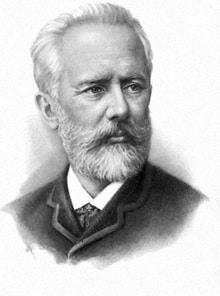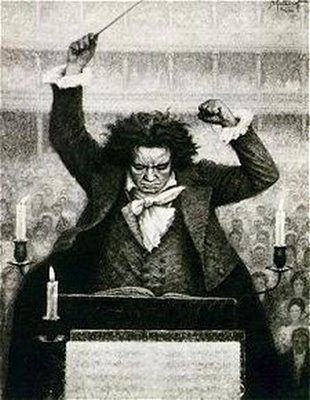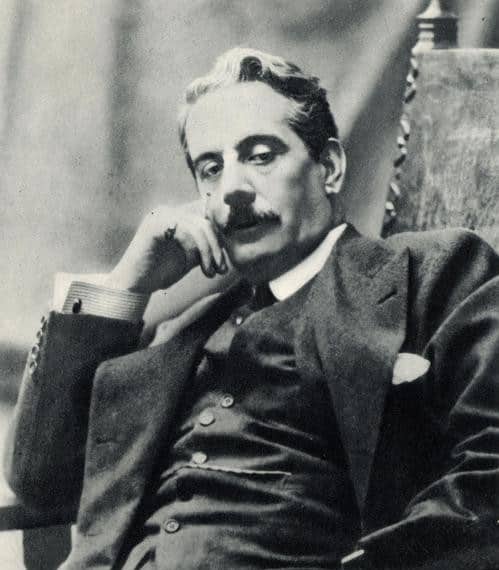Tchaikovsky’s Slavonic March
The Slavonic March came about after the conflict between Serbia and Turkey in 1876. In June of that year a number of Slavs who rebelled against the Ottoman Empire in support of Russia and Austria were killed by the Turks, resulting in Serbia’s declaration of war against Turkey. Russia, feeling sympathy for Serbia and seeing its people as fellow Slavs, sent volunteers and aid to help in their war effort, but to no avail; the Serbs were quickly stopped by the Turks.
In light of the conflict, Tchaikovsky was asked by Nikolai Rubinstein, a friend and fellow composer, to compose a piece for a benefit concert for the wounded Russian volunteers. Tchaikovsky delightfully accepted and wrote what was originally known as the “Russo-Serbian March”, premiering in Moscow with a warm reception on November 17th of 1867, but in only five days became known as “Marche Slave”, or in English, Slavonic March. Tchaikovsky conducted the piece himself in his first appearance in Moscow as a conductor, and later wrote to his sister describing the experience, “I was unskillful and nervous, but still I managed to conduct, with considerable success, my ‘Russo-Serbian March’ in the Opera House. Henceforward I shall take every opportunity of conducting.” In later years during his tours to Europe and America Tchaikovsky found his Slavonic March to be a favorite piece for giving a climactic end to his concerts.
 The music itself is very programmatic and contains Serbian folk tunes and the Russian anthem “God Save the Tsar” (in the version of the march played in the Soviet Union “God Save the Tsar” is replaced with the Glory from Mikhail Glinka’s opera “Ivan Susanin”, which I actually prefer, myself. A good recording of which can be found with Evgeny Svetlanov and the Symphony Orchestra of the USSR recorded in 1989). The piece opens with the Serbian folk song “Come my dearest, why so sad this morning?” which is to be played, as directed by Tchaikovsky, “at the speed of a funeral march”. The second appearing folk song is in a happier mode, followed by a section representing the terrible incidents in the Balkans which comes to a tremendous climax by where the main folk theme returns powerfully on the trumpets, almost like a cry for help by the Serbs. The tension subsides leading into the next section in the relative major opening with a simple rustic tune which is followed by “God Save the Tsar” (in the non-Soviet versions), representing Russia’s aid to Serbia and her people. The final section reiterates the cry for help of the Serbs, but includes a Russian tune to symbolize Russia and Serbia marching together. The piece concludes with a mighty finale and fiery coda, which is one of my favorite codas by Tchaikovsky.
The music itself is very programmatic and contains Serbian folk tunes and the Russian anthem “God Save the Tsar” (in the version of the march played in the Soviet Union “God Save the Tsar” is replaced with the Glory from Mikhail Glinka’s opera “Ivan Susanin”, which I actually prefer, myself. A good recording of which can be found with Evgeny Svetlanov and the Symphony Orchestra of the USSR recorded in 1989). The piece opens with the Serbian folk song “Come my dearest, why so sad this morning?” which is to be played, as directed by Tchaikovsky, “at the speed of a funeral march”. The second appearing folk song is in a happier mode, followed by a section representing the terrible incidents in the Balkans which comes to a tremendous climax by where the main folk theme returns powerfully on the trumpets, almost like a cry for help by the Serbs. The tension subsides leading into the next section in the relative major opening with a simple rustic tune which is followed by “God Save the Tsar” (in the non-Soviet versions), representing Russia’s aid to Serbia and her people. The final section reiterates the cry for help of the Serbs, but includes a Russian tune to symbolize Russia and Serbia marching together. The piece concludes with a mighty finale and fiery coda, which is one of my favorite codas by Tchaikovsky.
The Slavonic March is sure to stir emotions in anyone who hears it. It is truly one of Tchaikovsky’s best single-movement works, and maybe one of the best written.



